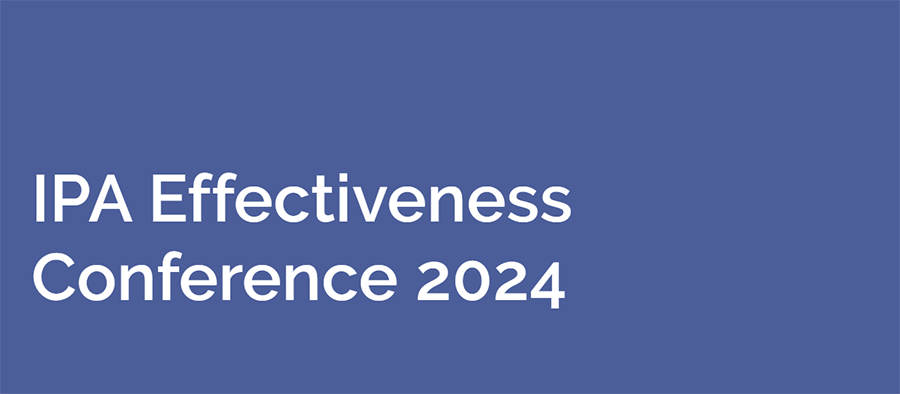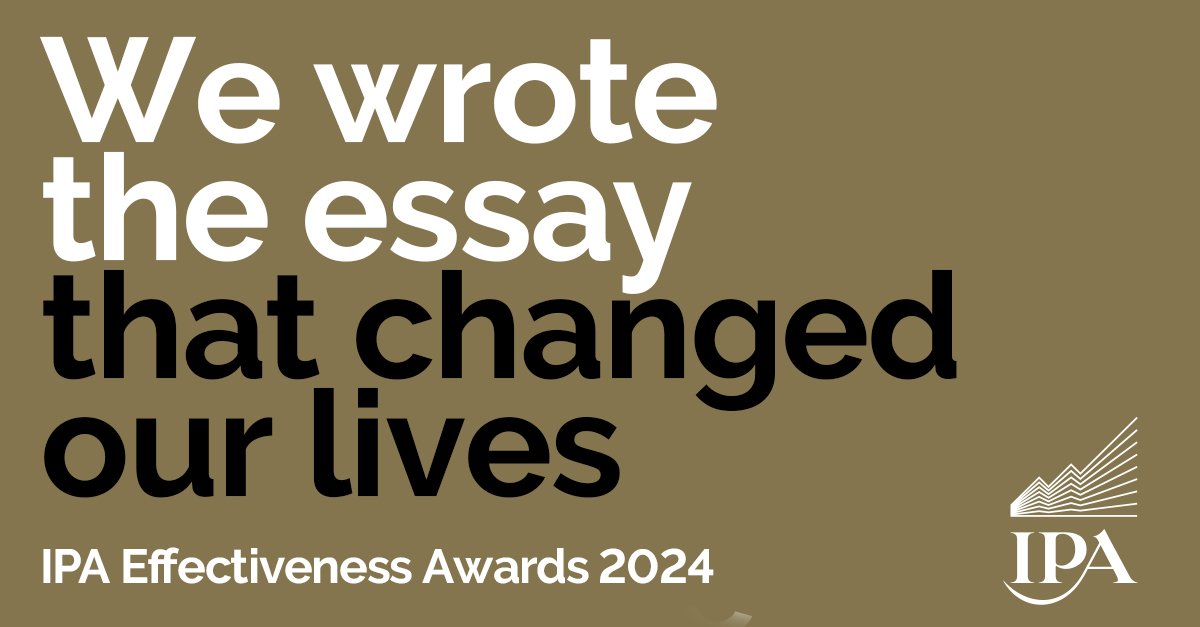You could say that our goal as marketers, expressed as simply as possible, is to get people to pay attention to our brand. But this is becoming increasingly harder to come by, as competition for our attention is higher than ever. We’ve been thinking about these challenges and have adopted principles to make our marketing work harder, including adopting our own metric to measure attention aipXa.
Today we are launching our whitepaper ‘Attention Advertisers! Why the fundamental commodity of advertising is due a rethink’. A paper we hope will inspire marketers and brands to reevaluate how their work gains and uses attention. Get your copy below!
Moving past share of voice
In the past we’ve relied on proxies to help us understand how marketing drives attention. For instance, “share of voice” (SOV), a staple of marketing planning for decades, has always been linked to increased market share via increased brand attention.
However the relationship between share of voice and share of market has been softening for some time, primarily due to the inconsistent ability of digital advertising in driving attention. Where the attention-impact of digital advertising is unpredictable, we run the risk of investing in initiatives which won’t materially move the needle on sales volumes.
Exceeding the attention-memory threshold
Analysis from Dr Karen Nelson-Field has found that only 85% of ads exceed the “attention-memory threshold”: a benchmark of 2.5 seconds after which an ad is most likely to create mental availability, i.e. the likelihood that a consumer will think of or remember a brand when at the point-of-purchase.
Introducing aipXa – our own metric of expected attention
In order to maintain and improve the effectiveness of our marketing, we’ve got to look deeper than our proxies, and find ways to measure and optimise attention directly.
That’s why we have developed our own measure of expected (X) attention (a) – aipXa. This metric is baked into our planning processes so that we’re no longer optimising our marketing to proxy metrics like share of voice, or simply measures of volume and cost like CPM. We combine our aipXa metrics with cost data to calculate and cost-per-attention-second at a channel, format and placement level in our media plans. By taking the guess-work out of the delivery of attention, we’re able to deliver pound-for-pound more effective marketing campaigns, even if our delivery of traditional metrics like CPM or CPC might seem less-optimal.
We hope this paper sparks some new ideas for your marketing strategies. If you’re looking to delve deeper into how you can more accurately gauge, attract and engage your audience’s attention, give it a read. It might just offer the perspective shift your campaigns need.
Download the whitepaper and let’s start a conversation about making advertising more effective.





